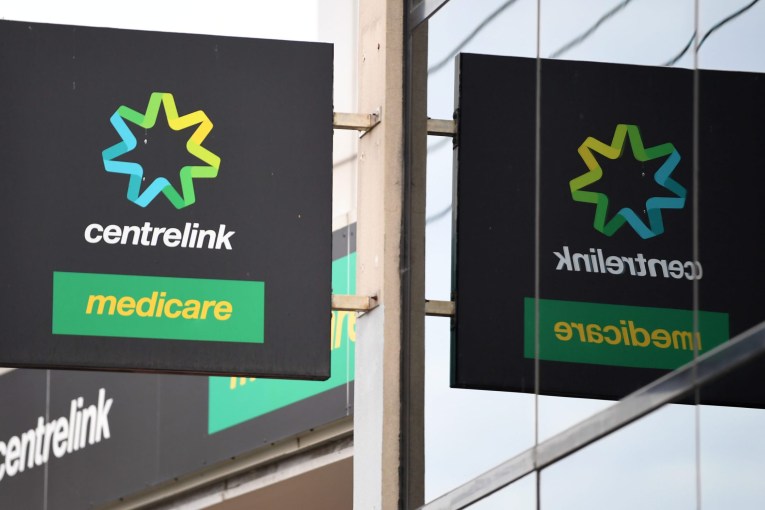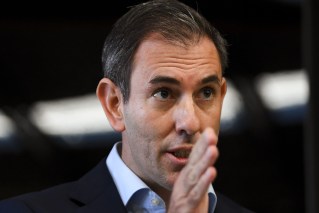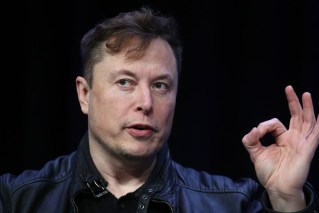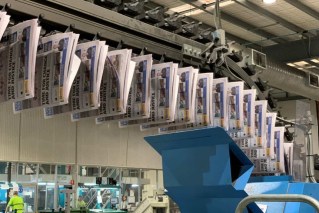Days after $1b Lytton refinery deal, Ampol unveils plan for hydrogen, zero emissions
Days after the Federal Government handed it $1 billion in subsidies to keep its Lytton refinery open, Ampol has started the inevitable move to renewables.

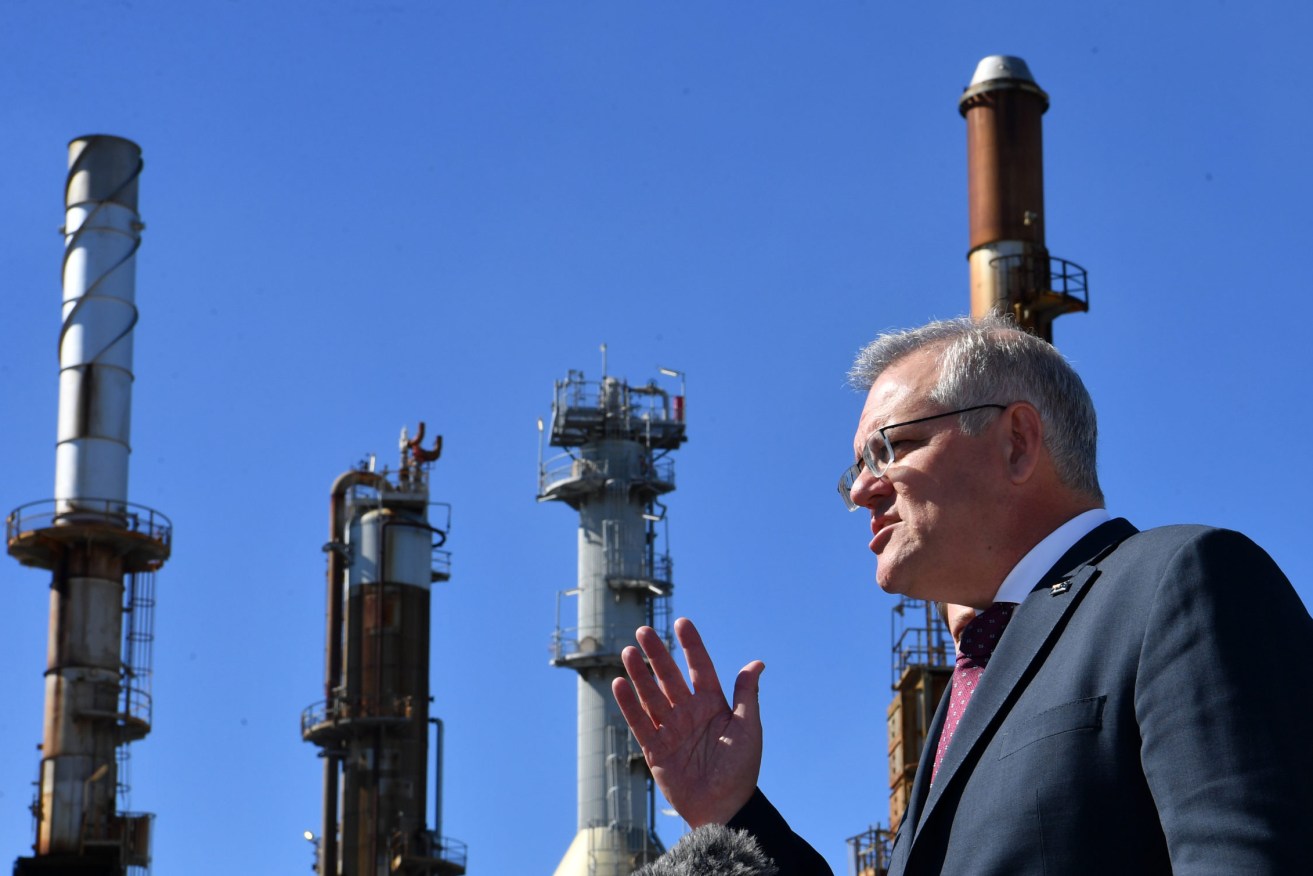
Prime Minister Scott Morrison the Ampol Lytton Refinery in Brisbane, which has staged a remarkable turnaround in the past 12 months. (AAP Image/Darren England)
The company will move to net zero emissions by 2040, spend $100 million on “future energy” projects and focus on electricity hydrogen, gas, biofuels and carbon mitigation.
Its Lytton refinery in Brisbane will also be used as a site for green hydrogen production.
It has struck a deal with Fusion Fuel Green to develop a hydrogen demonstration plant at Lytton which Ampol chief executive Matt Halliday said would be commissioned over the next 12 months and, if successful, provide a framework to pursue green hydrogen opportunities in the region on a joint venture basis.
The Lytton refinery’s future and the 550 jobs there had looked threatened early this year when Ampol commissioned a review of its operations with the potential to shut down refining and transition the site to an import terminal because of high costs and falling demand.
However, the Government’s $2 billion package to it and Viva Energy’s refinery in Geelong brought Lytton some security and allowed it to keep he refinery operating until 2027, although Ampol has said if margins remain low all promises are off.
Ampol has forecast that the most commercially viable alternative to fossil fuels wuld include a combination of electricity, hydrogen, biofuels, storage and carbon offsets. It also said traditional fuels would still play a key role in the energy mix for years to come.
Green hydrogen is one of several different production methods to separate hydrogen molecules from oxygen. In the case of green hydrogen, renewable energy is used as the energy source which means the end product has no carbon footprint.
It would also work with Tesla and Enerven to build a virtual power plant at three retail sites with an early-stage hydrogen-based microgeneration and storage technology.
“As a proud Australian company we recognise the link between energy security and energy transition and will work in partnership with our customers and host governments to ensure we deliver change through an orderly transition,” Halliday said.
Ampol has also pledged that by 2025 its operations would use 40 per cent equivalent renewables and reduce operational emissions by 25 per cent in its convenience retail division. It would also reduce emissions intensity levels for its fuels and infrastructure by 5 per cent.
By 2040 there would be net-zero emissions on an absolute basis.
Halliday said the company had a clear pathway to achieve its net-zero goal, but he said an orderly transition would take time and the company expected traditional fuels to play a key role in the energy mix for years to come.
“However, we also know our customers’ needs are changing and they are seeking lower-emission alternatives,” Halliday said.
Its other strategies included installing Tesla batteries and solar panels at three sites in Adelaide. It expected this would provide energy savings and new revenue streams through selling energy to third parties and also allow it to assess the potential for the fast charging of electric vehicles and possibly rolled out across its network.
